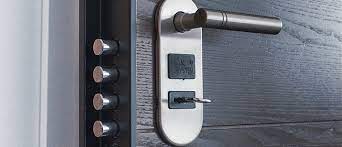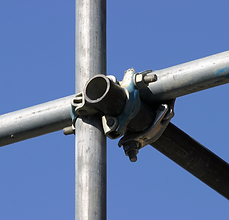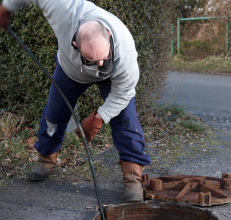
More Information is required to solve some critical damage, that’s why the locksmith’s are getting jobs at their maximum level.
Experiencing difficulty with those turning locks?
As expected, the maintenance is simple once you are the know-how. Bid farewell to those long stretches of moving into the vehicle through the back end. Simply adhere to the guidelines for a full arrangement of working locks. The equivalent guidelines apply to both front doors and the rear end.

Eliminating the lock from the vehicle door
Make the way to uncover the door edge. Eliminate the little elastic bung just close to the door lock. Embed a 3mm Allen key and eliminate the grub screw. Then, pull the lock away from the door. You might have to pull on the handle somewhat to permit the lock to come out. The dark plastic encompassing the lock may adhere to the slender plastic base between the door lock and the door. Just prise them separated with a little screwdriver. Then, prise the dark plastic cover off the door lock. Cautioning – ensure the plastic is warm. It is fragile and will break whenever prised off when cold. There are a few focuses around the border where the dark plastic holds the metal. Simply dial down them each in turn with a little screwdriver working your way around the edge. Then, eliminate the little moved dowel pin which holds the entire lock get-together. Punch it out with a little nail or a pin punch. In any case, push it out with a screwdriver until there’s to the point of getting on the opposite side with a couple of pincers. Then, at that point, pull it liberated from the lock. Once out, the barrel of the lock should move effectively (contingent upon the degree of the erosion) in the heading of the opening where you put the key. The dark plastic switch to one side in the photo should simply pull out sideways once the barrel is clear. The right-hand gathering in the photograph above is the place where the primary lock system is found. Push the internal barrel gathering out of the external barrel by pushing on the piece where the key goes in while holding the external barrel immovably. The inward barrel is in two parts that separate without any problem. The metal ball at the upper left of the photograph is one of two metal balls that stop the barrel from turning when something besides the right key is driven into the lock. The right-hand metal roller with the spring is the counter burglary component which permits the barrel to turn to assume some unacceptable key or a screwdriver is utilized rather than the right key. Pull the two parts separated to uncover the tumblers. This is the part that needs greasing up. Completely cover the parts in oil or potentially WD40 or it’s the same. Push the key all through the lock commonly to deliver the component. Whenever the key is introduced to the lock it will go such a long way until it meets a slight obstruction. Now the metal rollers are as yet drawn in and the barrel won’t turn. This is the condition wherein you will observe most locks that will not work.



